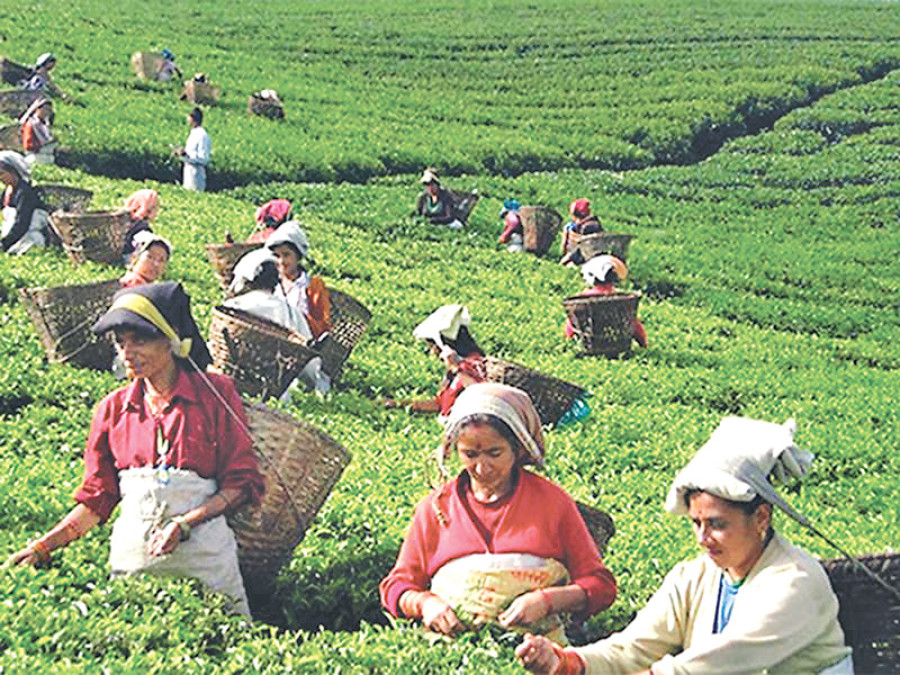Money
Nepali tea industry lacks technology, expertise
Nepali tea industry is lagging behind in terms of technology and expertise, putting a damper on the country’s attempt to promote the Himalayan product in the international market.
Biplov Bhattarai
Nepali tea industry is lagging behind in terms of technology and expertise, putting a damper on the country’s attempt to promote the Himalayan product in the international market.
The shortcomings have been identified at a time when Nepal is all set to promote its orthodox tea in the international market using a brand new logo launched several weeks ago.
Various governmental agencies, non-governmental organisations (NGOs) and international NGOs have provided training to tea farmers to enhance their skills and equipped them with modern equipment as well. But these efforts have failed to yield desired results. This has affected works related to soil-testing and tea processing, grading and packaging.
Today, many tea farms in eastern Nepali district of Ilam have machines to pick and trim tea leaves. But they do not have skilled human resources to use those machines.
“We want to use machines in all stages of tea production. For this, we will be embracing learning-by-doing technique,” said Chandra Bhusan Subba, managing director of the Himalayan Tea Producers Association (Hotpa), adding, “Few big tea factories have hired skilled human resources to use modern machines. But small tea factories have not been able to follow the suit.”
Lately, cooperatives operating in the district, including the Central Tea Cooperative Federation, are reaching out to farmers in the grassroots to enhance their skills and improve quality of tea. Also, the Tea and Coffee Development Board has pitched ambitious plans to promote modern tea farming. But these efforts have not been successful in enhancing skills of farmers and deployment of modern technology.
Earlier, Himalayan Tea Technology Expansion Programme (Himtex), in collaboration with the Japan International Cooperation Agency (Jica), had initiated a programme aimed at controlling pest and providing technical support to tea farmers. The programme, launched in 2007, was terminated after four years without achieving any tangible outcome.
Around that time, a project named TeaShake was also launched in association with the United States Agency for International Development. The project had launched an ‘organic campaign’ and introduced a code of conduct to promote production of quality tea. But after the project, launched in 2007, was wrapped up in 2011, the ‘organic campaign’ also lost its steam. Today, only few tea estates like Himalayan, Sangrila and Gorkha are following the code of conduct.
Later, attempts were also made to develop ‘tea clones’ in Nepal. A scientist was also hired from India for this purpose. However, the 10-year programme was abandoned after three years of its launch.
“If the campaign had been successful, it could have been an important milestone to popularise and promote Nepali tea abroad,” tea expert Jyoti Adhikari said. “But with the termination of the project, Nepal needlessly lost Rs1.2 million.”
In spite of all these failures, Nepal, which imported over Rs100 million of tea in the fiscal year 2000-01, now exports over Rs2.5 billion worth of tea to India and western countries.
Nepali tea industry, according to experts, could generate even more revenue in the coming days if technical skills of farmers are enhanced, machineries are used in all stages of tea production, and improved variety of tea is planted.




 6.12°C Kathmandu
6.12°C Kathmandu













%20(1).jpg&w=300&height=200)
